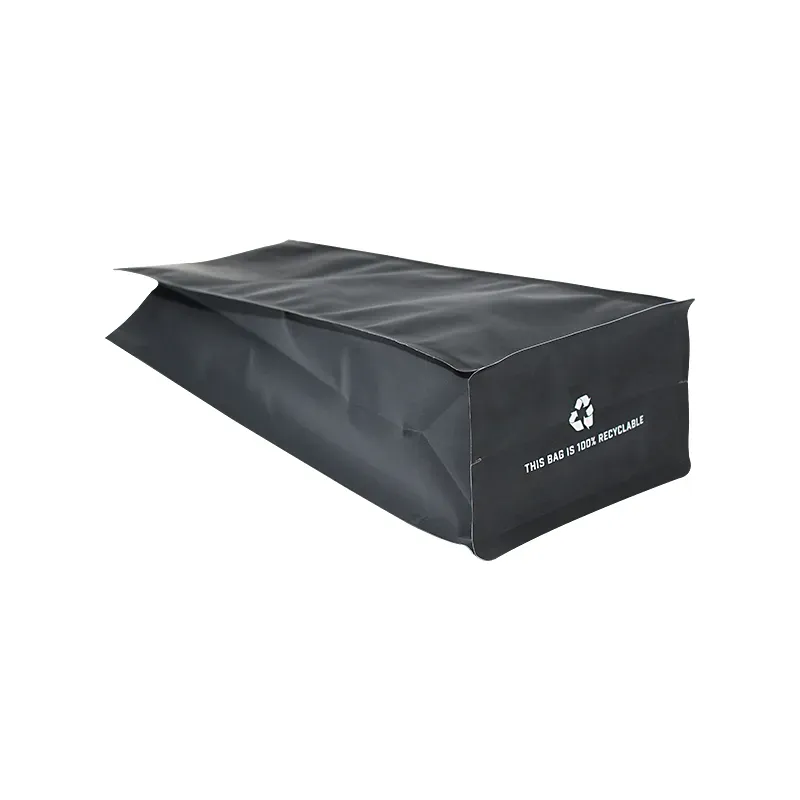Exploring the Versatility of Non-Woven Fabric Products in Various Industries
Non-Woven Fabric Products A Sustainable Innovation for the Future
Non-woven fabric products have gained significant traction in various industries over the last few decades, emerging as a versatile and sustainable alternative to traditional woven textiles. These fabrics, composed of fibers that are bonded together mechanically, thermally, or chemically, offer numerous advantages that make them appealing for various applications, ranging from medical supplies to household goods.
What is Non-Woven Fabric?
Non-woven fabrics are manufactured through a process that involves combining fibers without the traditional weaving or knitting methods. This process allows for rapid production, making non-woven fabrics cost-effective and highly efficient. The most common techniques for producing non-woven fabrics include spunbonding, meltblown, and needlepunching. Each method yields unique characteristics, catering to a wide array of applications.
Applications of Non-Woven Fabric Products
1. Medical and Hygiene Products One of the most critical applications of non-woven fabrics is in the healthcare sector. Products such as surgical masks, gowns, drapes, and sterile packaging are often made from non-woven materials. Their ability to provide effective barrier protection while remaining lightweight and comfortable makes them ideal for medical use. Additionally, non-woven fabrics are employed in hygiene products like diapers, feminine hygiene products, and adult incontinence products due to their excellent absorbency and softness.
2. Geotextiles Non-woven fabrics are widely used in civil engineering and construction applications as geotextiles. These fabrics help in soil stabilization, erosion control, and drainage in construction projects. Their ability to allow water to pass through while preventing soil erosion makes them invaluable in landscaping and road construction.
non woven fabric products

3. Household Products Non-woven fabrics have found their way into everyday household items. From reusable shopping bags to cleaning wipes and disposable tableware, these products offer convenience and practicality. The lightweight and durable nature of non-woven fabrics makes them suitable for a variety of household applications, encouraging consumers to opt for more sustainable products.
4. Personal Care Items The beauty and cosmetics industry has also embraced non-woven fabrics. They are utilized in facial masks, wipes, and other personal care items. The softness and absorbency of the fabric enhance user experience while promoting eco-friendly practices through the use of biodegradable materials.
5. Automotive Applications In the automotive industry, non-woven textiles serve several purposes, including sound absorption, insulation, and interior upholstery. These materials contribute to vehicle comfort and performance while helping manufacturers meet increasingly stringent environmental regulations.
Environmental Benefits
One of the most compelling advantages of non-woven fabrics is their potential for environmental sustainability. Many non-woven materials can be engineered to be biodegradable or recyclable, reducing environmental impact compared to traditional fabrics. For instance, the use of polypropylene in non-woven fabric production can lead to a decrease in the carbon footprint when sourced sustainably. Additionally, the production process of non-woven fabrics often consumes less water and energy compared to woven textiles.
Conclusion
As we move towards a more environmentally conscious society, the demand for non-woven fabric products is likely to grow. Their versatility, functionality, and sustainability make them a compelling choice across industries. Whether in the form of medical supplies, household items, or personal care products, non-woven fabrics are transforming the way we think about textiles. By embracing innovative materials and manufacturing processes, we can move towards a more sustainable future, one non-woven product at a time. As technology advances and consumer awareness increases, non-woven fabric products are poised to play a crucial role in the ongoing quest for sustainable solutions in our daily lives.













